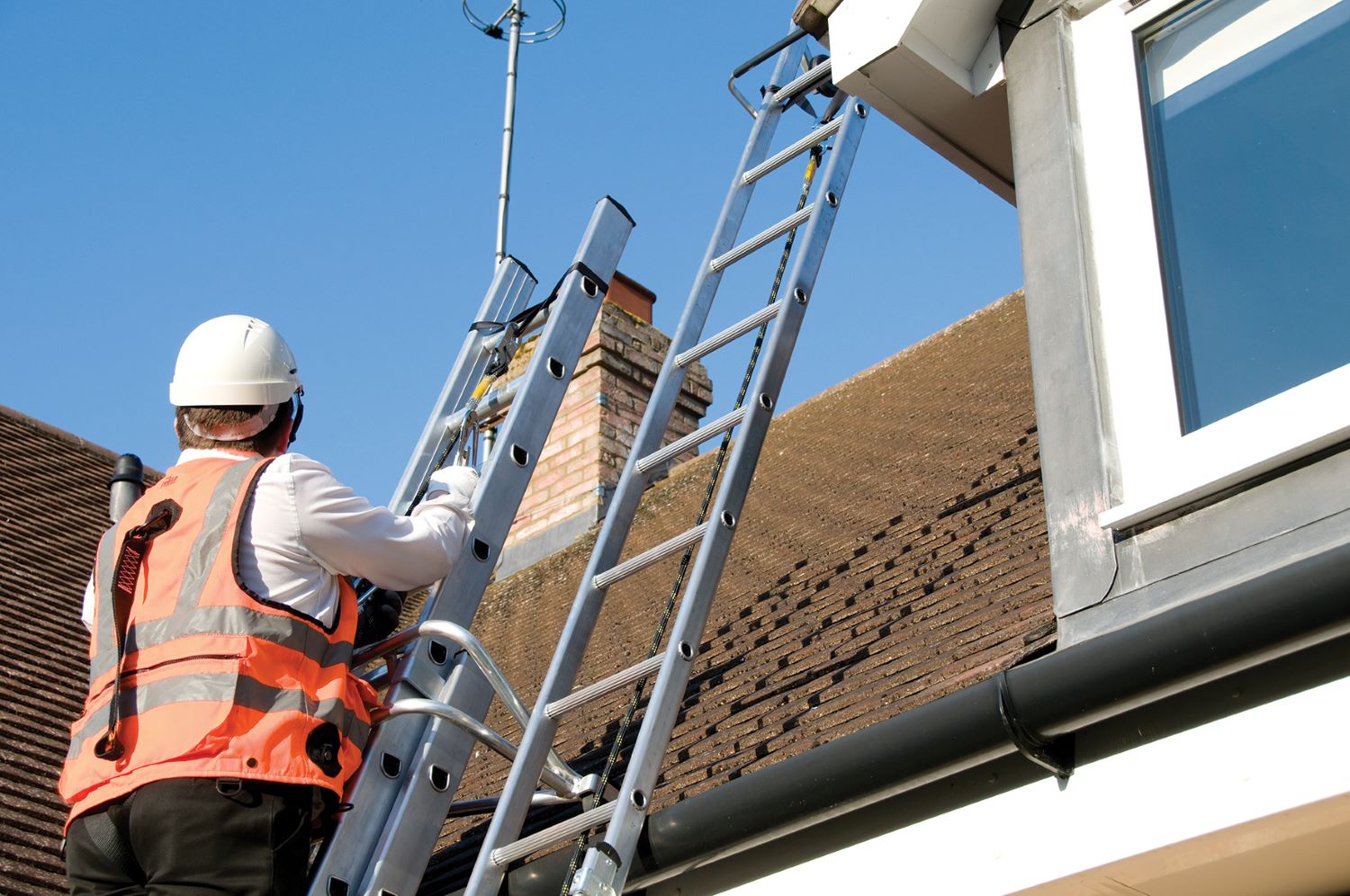

Articles
How To Use A Ladder Safely
Modified: February 23, 2024
Learn the essential tips for using a ladder safely with our informative articles. Protect yourself from accidents and ensure maximum stability while working at heights.
(Many of the links in this article redirect to a specific reviewed product. Your purchase of these products through affiliate links helps to generate commission for Storables.com, at no extra cost. Learn more)
Introduction
Using a ladder safely is crucial to prevent accidents and injuries. Whether you’re painting a wall, cleaning out gutters, or tackling a home improvement project, understanding the proper techniques for ladder use is essential. In this article, we will explore step-by-step instructions on how to use a ladder safely and avoid potential hazards.
Before you embark on any ladder-related task, it’s important to remember that safety should always be your top priority. Taking the time to choose the right ladder, inspect it for any defects, and follow proper setup and climbing techniques can significantly reduce the risk of accidents.
While using a ladder may seem straightforward, it is crucial to remember that accidents can happen even to experienced individuals. By following the guidelines and safety tips outlined in this article, you can ensure a safe and successful ladder experience.
Key Takeaways:
- Choose the right ladder by considering the type of work, height, weight capacity, and material. Inspect, set up, climb, work, and descend with caution to ensure a safe and successful ladder experience.
- Prioritize safety at every stage of ladder use, from setup to storage. Maintain stability, use proper technique, and stay aware of potential hazards to minimize the risk of accidents and injuries.
Read more: How To Use An Extension Ladder Safely
Step 1: Choosing a Suitable Ladder
When it comes to ladder safety, choosing the right ladder for the job is essential. Consider the following factors when selecting a ladder:
- Type of Work: Determine the nature of the task you will be performing. If you need to reach high areas or work on uneven surfaces, an extension ladder might be necessary. For quick indoor tasks, a step ladder may suffice.
- Ladder Height: Carefully assess the height requirements of your task. Make sure the ladder you choose is tall enough to reach your desired height without overstretching.
- Weight Capacity: Consider your own weight as well as the weight of any tools or equipment you will be carrying with you. Ensure that your ladder can support the total weight without compromising its stability.
- Material: Ladders are typically made of aluminum, fiberglass, or wood. Each material has its own pros and cons. Aluminum ladders are lightweight and resistant to rust, while fiberglass ladders are non-conductive and ideal for electrical work. Wooden ladders are sturdy but may be heavier.
Remember to read the manufacturer’s recommendations and specifications for each ladder. It is important to choose a ladder that is suitable for your specific task and environment.
Once you have selected the appropriate ladder, move on to the next step, which involves inspecting the ladder for any defects or damage.
Step 2: Inspecting the Ladder
Before using a ladder, it is crucial to perform a thorough inspection to ensure its safety and stability. Follow these steps to inspect your ladder:
- Check the Rails: Examine the side rails to ensure there are no cracks, splits, or damage. The rails should be straight and free from any defects that could compromise the ladder’s structural integrity.
- Inspect the Rungs or Steps: Ensure that all rungs or steps are securely attached and in good condition. They should be free from any bends, cracks, or loose connections. Make sure they provide a stable platform for climbing.
- Check the Feet or Base: Inspect the rubber feet or base of the ladder. They should be intact and provide a secure grip on different surfaces. If any of the feet are missing or damaged, replace them before using the ladder.
- Verify Ladder Accessories: If your ladder has any safety accessories, such as stabilizers or levelers, make sure they are in good working condition. Test them to ensure they function properly and provide stability.
- Look for Labels and Ratings: Check for labels that indicate the ladder’s weight capacity, ANSI or OSHA certifications, and other relevant safety information. Make sure the ladder is suitable for your intended use.
If you notice any defects or damage during the inspection, do not use the ladder. Repair or replace it before proceeding. By thoroughly inspecting the ladder, you can identify any potential hazards and mitigate the risk of accidents during your work.
Once you are confident that your ladder is safe and in good condition, move on to the next step: setting up the ladder.
Step 3: Setting Up the Ladder
Properly setting up your ladder is crucial for maintaining stability and safety during use. Follow these steps to set up your ladder:
- Choose a Stable Surface: Place the ladder on a firm and level surface. Avoid slippery or uneven ground that could cause the ladder to shift or tip over.
- Position the Ladder at the Correct Angle: For extension ladders, the base should be placed 25% of the ladder’s working length away from the vertical surface. This ensures stability and prevents the ladder from sliding or toppling backwards.
- Secure the Ladder: If possible, anchor or secure the ladder to prevent it from moving or shifting during use. Use ladder stabilizers or braces, or ask a colleague to hold the ladder steady if needed.
- Avoid Obstacles: Make sure there are no obstructions, such as power lines, tree branches, or obstacles that may interfere with your ladder setup or climbing path.
- Lock Extension Ladder Sections: If you are using an extension ladder, ensure that the sections are securely locked in place to prevent accidental sliding or collapsing.
Take your time to properly set up the ladder before attempting to climb. Double-check the stability and alignment of the ladder to ensure a secure platform for your work.
Once the ladder is set up and secure, you can proceed to the next step: climbing the ladder.
Step 4: Climbing the Ladder
When climbing a ladder, it’s important to use proper technique to maintain balance and stability. Follow these guidelines for safe ladder climbing:
- Face the Ladder: Always face the ladder while climbing and descending. Maintain a firm grip on the ladder’s rungs or side rails.
- Maintain Three Points of Contact: Keep either two hands and one foot or two feet and one hand in contact with the ladder at all times. This ensures stability and prevents falls.
- Use a Controlled Ascent: Ascend and descend the ladder slowly and carefully. Avoid sudden movements that could destabilize the ladder.
- Avoid Overreaching: Do not lean or reach out too far while on the ladder. Relocate the ladder if necessary to maintain a safe working position.
- Don’t Carry Heavy Loads: Refrain from carrying heavy or bulky items while climbing the ladder. Use a tool belt or rope to transport tools and materials safely.
Take your time when climbing the ladder and focus on maintaining a stable and balanced position. If you feel uncomfortable or uneasy at any point, descend and reassess the situation before continuing.
Now that you have successfully climbed the ladder, it’s important to understand how to safely work on it. Move on to the next step to learn more about working safely on a ladder.
Always maintain three points of contact when climbing a ladder – two feet and one hand, or two hands and one foot. This will help you stay balanced and reduce the risk of falling.
Read more: How To Safely Climb A Ladder
Step 5: Working Safely on the Ladder
When working on a ladder, it’s essential to prioritize safety to prevent accidents and injury. Here are some tips for working safely on a ladder:
- Maintain a Stable Position: Keep your body centered on the ladder and avoid leaning too far to one side. This helps maintain balance and stability.
- Use a Tool Belt or Pouch: Keep your hands free by using a tool belt or pouch to carry tools and materials. This way, you can maintain a secure grip on the ladder.
- Take Regular Breaks: If you’re working on the ladder for an extended period, take breaks to rest and regain your focus. Fatigue can contribute to accidents.
- Keep the Work Area Clear: Remove any unnecessary clutter or debris from the area where you’ll be working. This minimizes the risk of tripping or falling objects.
- Use Fall Protection Equipment: If you’re working at heights, such as on roofs or elevated platforms, consider using fall protection equipment, such as a safety harness and lanyard.
- Stay Alert: Be aware of your surroundings and any potential hazards, such as power lines or unstable surfaces. Report any safety concerns to the appropriate authority.
Working on a ladder requires focus, concentration, and attention to detail. By following these tips and maintaining a cautious approach, you can ensure your safety while completing your tasks.
Once you have finished your work on the ladder, it’s time to move on to the next step: descending safely.
Step 6: Descending from the Ladder
Descending from a ladder safely is just as important as climbing it. Follow these guidelines to ensure a safe descent:
- Face the Ladder: Always face the ladder while descending. Keep a firm grip on the ladder’s rungs or side rails.
- Take it Slow: Descend the ladder slowly and carefully, maintaining control of your movements.
- Maintain Three Points of Contact: As you descend, continue to have either two hands and one foot or two feet and one hand in contact with the ladder.
- Don’t Jump or Skip Rungs: Avoid the temptation to jump or skip rungs while coming down. Take one step at a time, maintaining stability.
- Stay Aware: Be mindful of your surroundings and any potential obstacles or hazards as you descend.
- Ensure a Stable Landing Surface: Once you reach the bottom, make sure the landing surface is stable and clear before stepping off the ladder.
Remember, taking your time and maintaining control during the descent is crucial to preventing accidents or falls. Rushing or making sudden movements can lead to loss of balance or stability.
Now that you have successfully descended from the ladder, it’s time to move on to the final step: storing the ladder properly.
Step 7: Storing the Ladder
Properly storing your ladder is essential for its longevity and safety. Follow these steps to store your ladder correctly:
- Clean the Ladder: Remove any dirt, debris, or substances that may have accumulated on the ladder during use. Wipe it down with a damp cloth if necessary.
- Inspect for Damage: Check the ladder for any signs of damage or wear and tear. Address any issues promptly to ensure the ladder remains in good working condition.
- Securely Collapse Extension Ladders: If you are using an extension ladder, collapse the ladder by retracting the sections properly. Ensure that all locks are engaged to prevent accidental opening.
- Store in a Dry and Secure Location: Find a storage area that is dry, away from direct sunlight, and free from any potential hazards or obstructions. This will help maintain the ladder’s structural integrity.
- Avoid Hanging from Hooks: While it may seem convenient to hang the ladder on hooks, this can strain the ladder’s joints and weaken its structure over time. It is best to store it in a flat position.
- Consider Covering the Ladder: If your storage area is prone to dust or moisture, consider covering the ladder with a protective sheet or tarp to keep it clean and dry.
By following these steps, you can ensure that your ladder remains in good condition and ready for future use. Proper storage helps to extend the ladder’s lifespan and maintain its safety features.
Congratulations! You have now completed all the steps to using a ladder safely. By following these guidelines, you can reduce the risk of accidents and injuries while working at heights. Remember to prioritize safety and always use caution when working with ladders.
Stay safe and happy ladder usage!
Conclusion
Using a ladder safely is of utmost importance to protect yourself from accidents and injuries. By following the steps outlined in this article, you can minimize the risk of falls and ensure a safe ladder experience.
Start by choosing a suitable ladder for your task, considering factors such as the type of work, ladder height, weight capacity, and material. Then, inspect the ladder for any defects or damage, ensuring that the rails, rungs, feet, and accessories are in good condition.
Next, properly set up the ladder on a stable surface at the correct angle, avoiding obstacles that could interfere with your work. Climb the ladder using proper technique, maintaining three points of contact and avoiding overreaching.
While working on the ladder, prioritize safety by maintaining a stable position, using a tool belt or pouch, taking regular breaks, and keeping your work area clear. If needed, use fall protection equipment when working at heights.
Descending from the ladder should be done slowly and carefully, maintaining control and maintaining three points of contact. Once you have safely descended, store the ladder in a dry and secure location, avoiding hanging it from hooks.
In conclusion, by following these steps and prioritizing safety at every stage, you can use a ladder safely and minimize the risk of accidents. Remember to always be cautious, aware of your surroundings, and take the necessary precautions for a safe and successful ladder experience.
Happy and safe ladder use!
Frequently Asked Questions about How To Use A Ladder Safely
Was this page helpful?
At Storables.com, we guarantee accurate and reliable information. Our content, validated by Expert Board Contributors, is crafted following stringent Editorial Policies. We're committed to providing you with well-researched, expert-backed insights for all your informational needs.
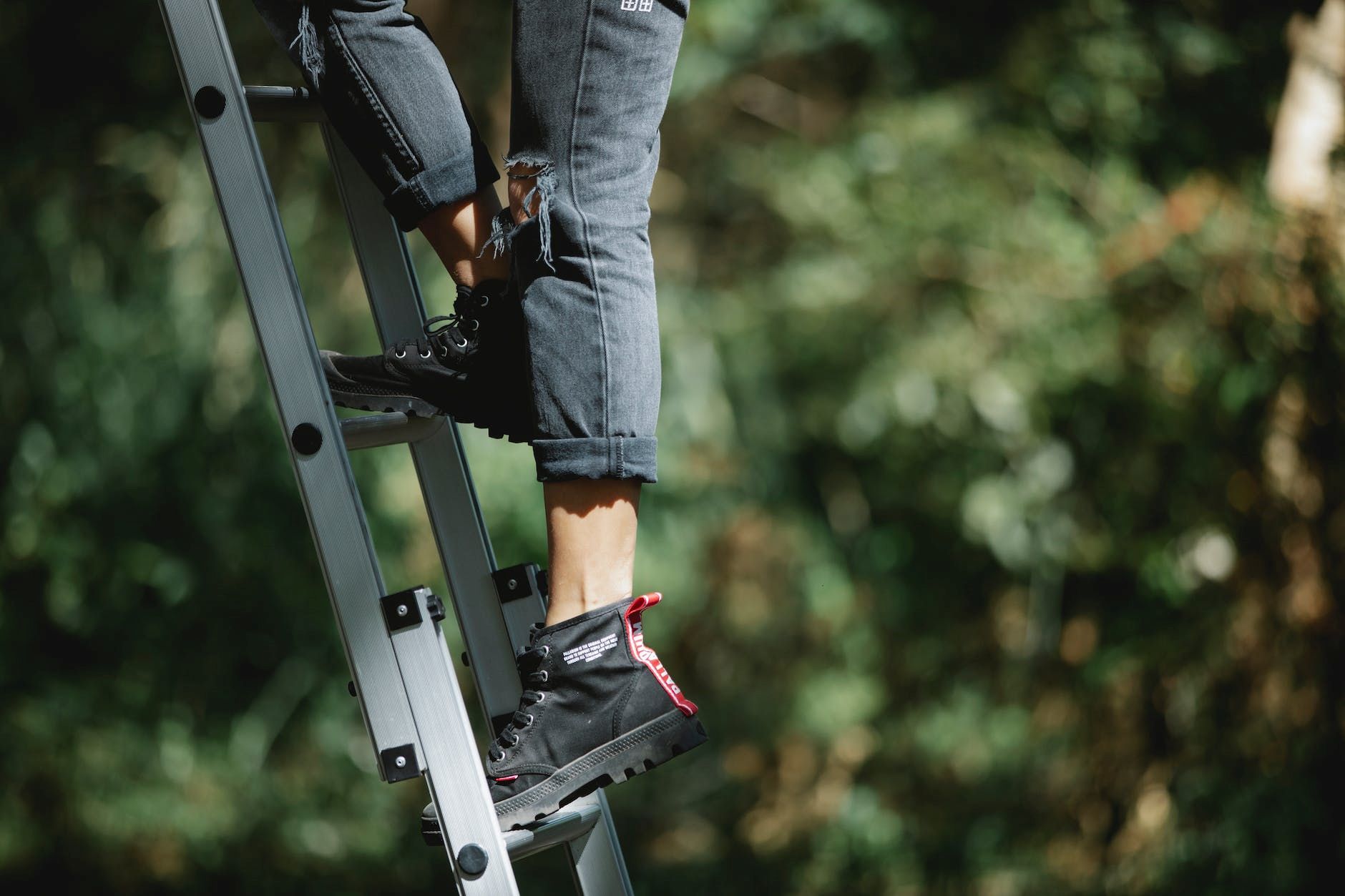
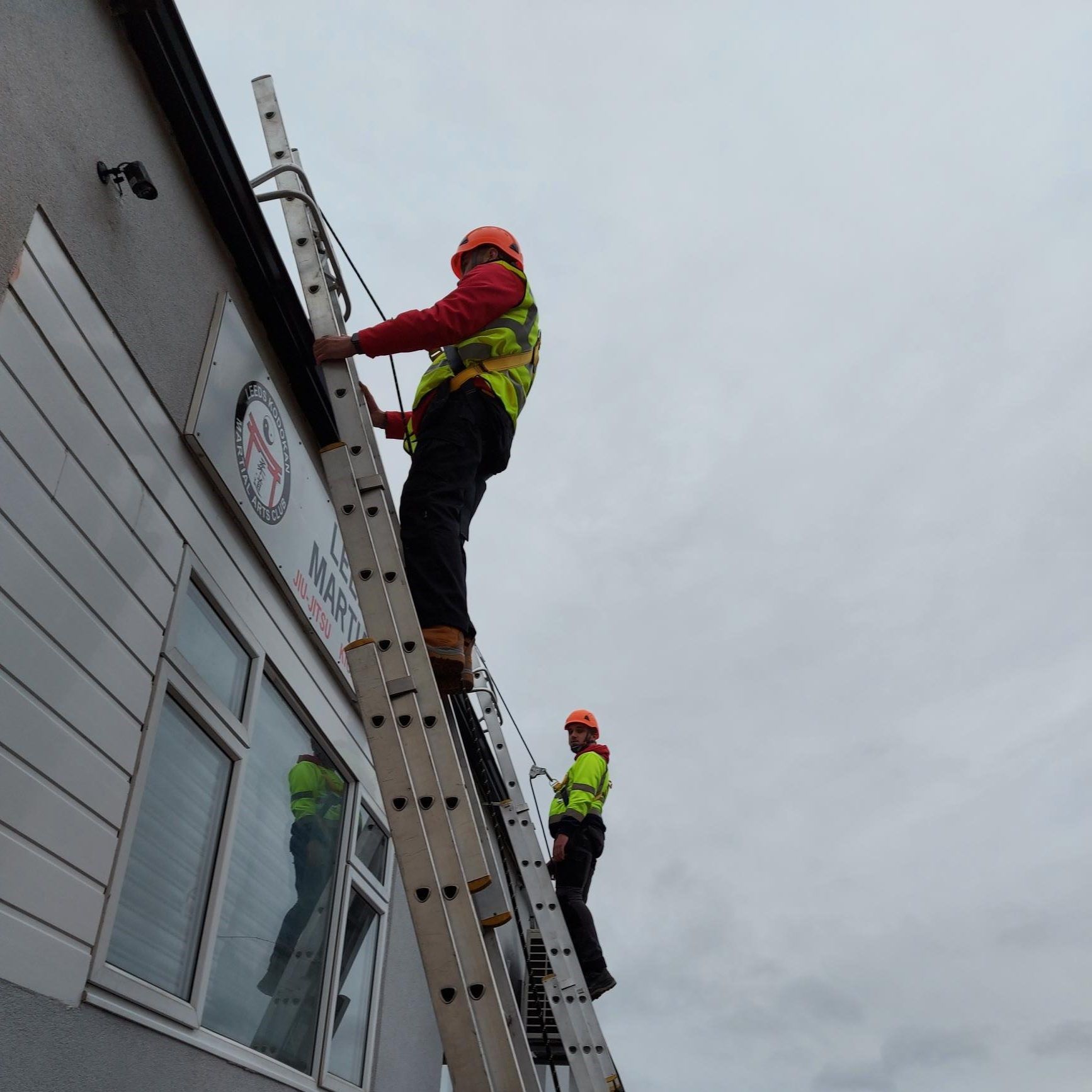
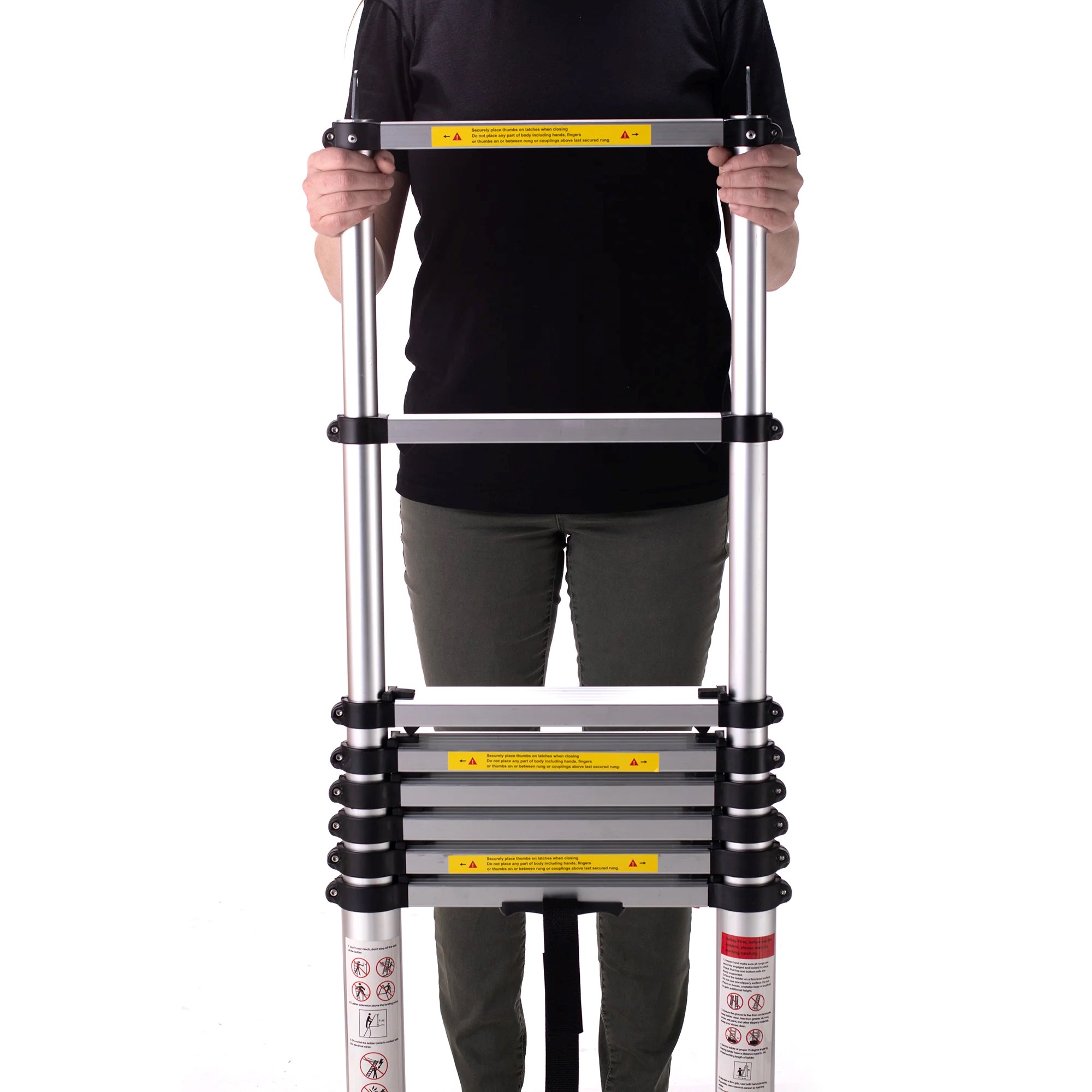

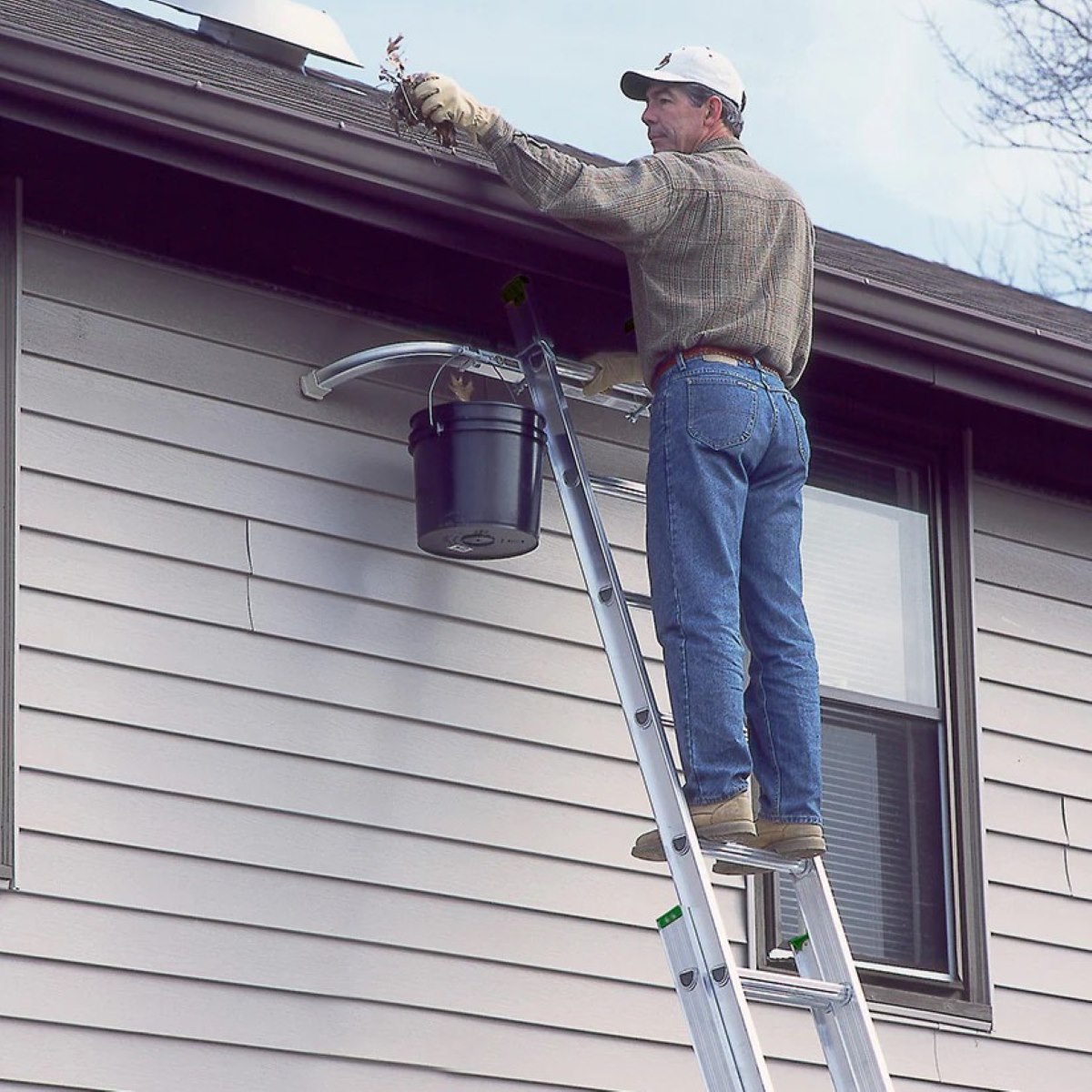
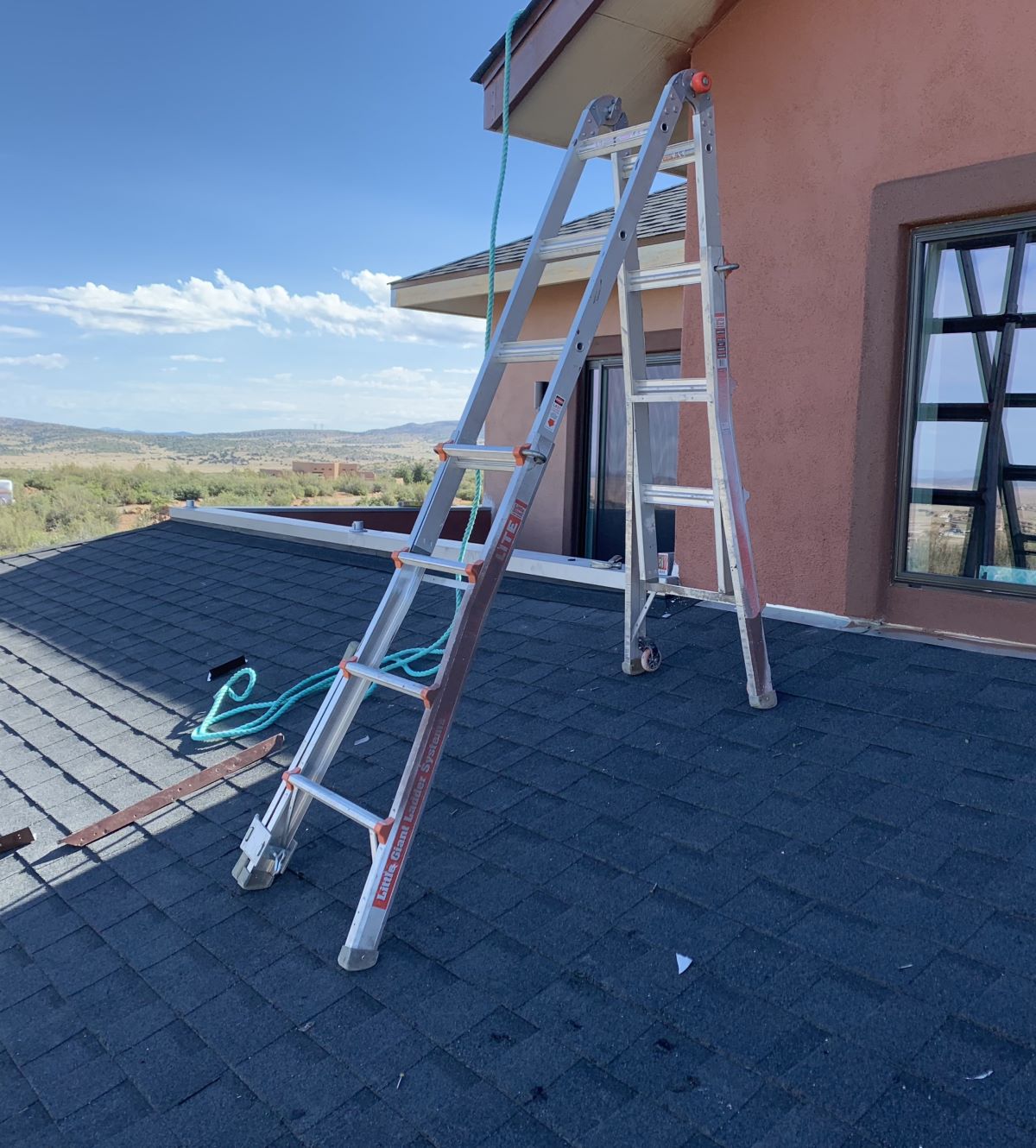
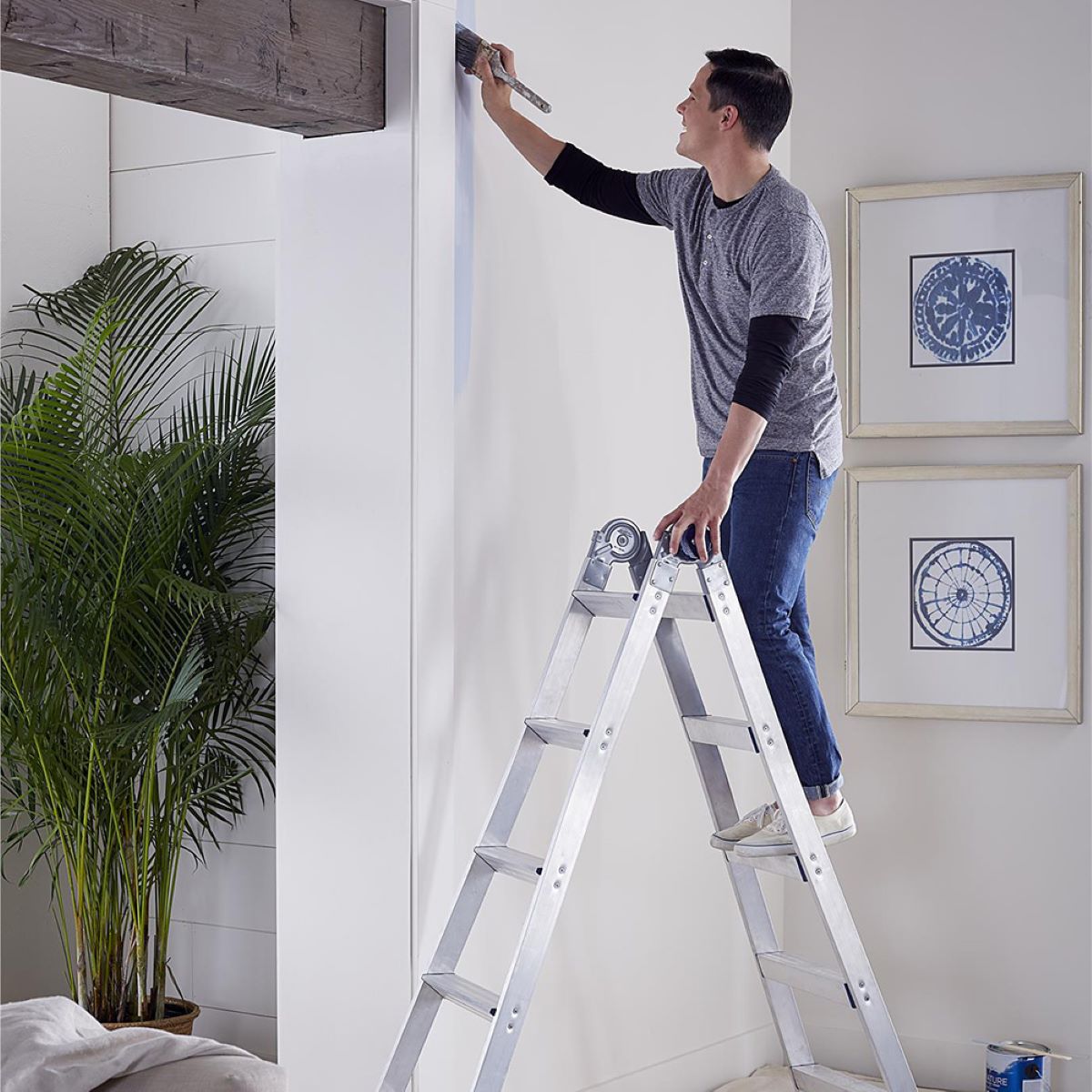
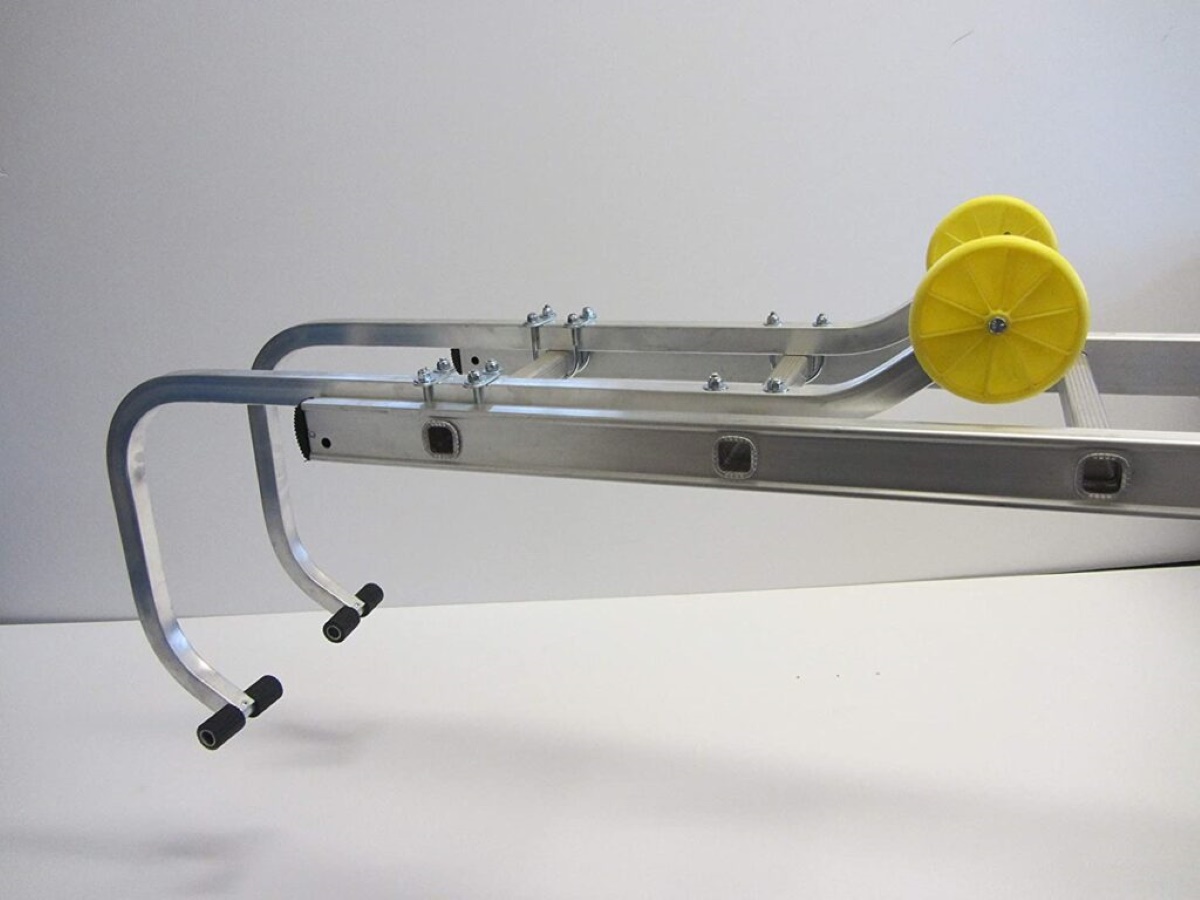
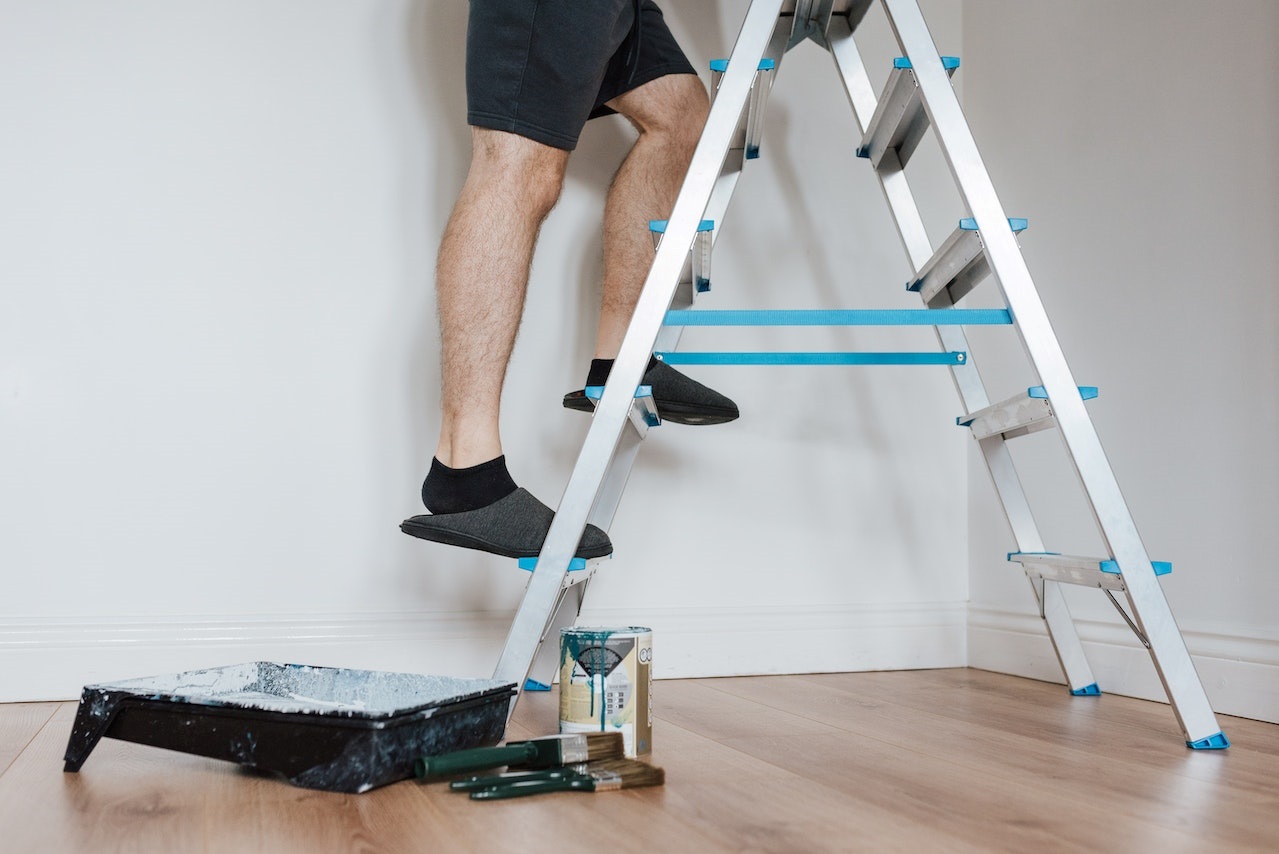

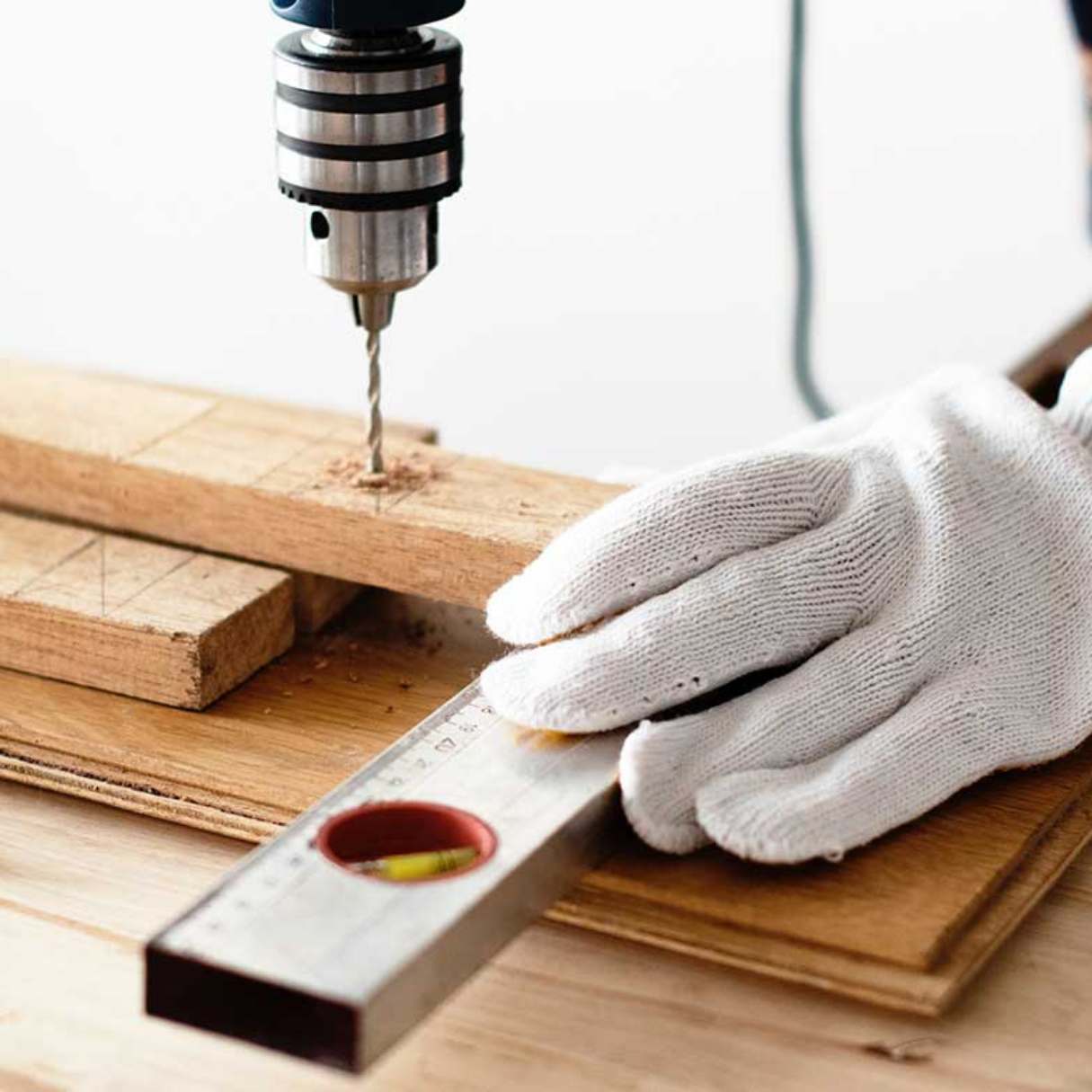
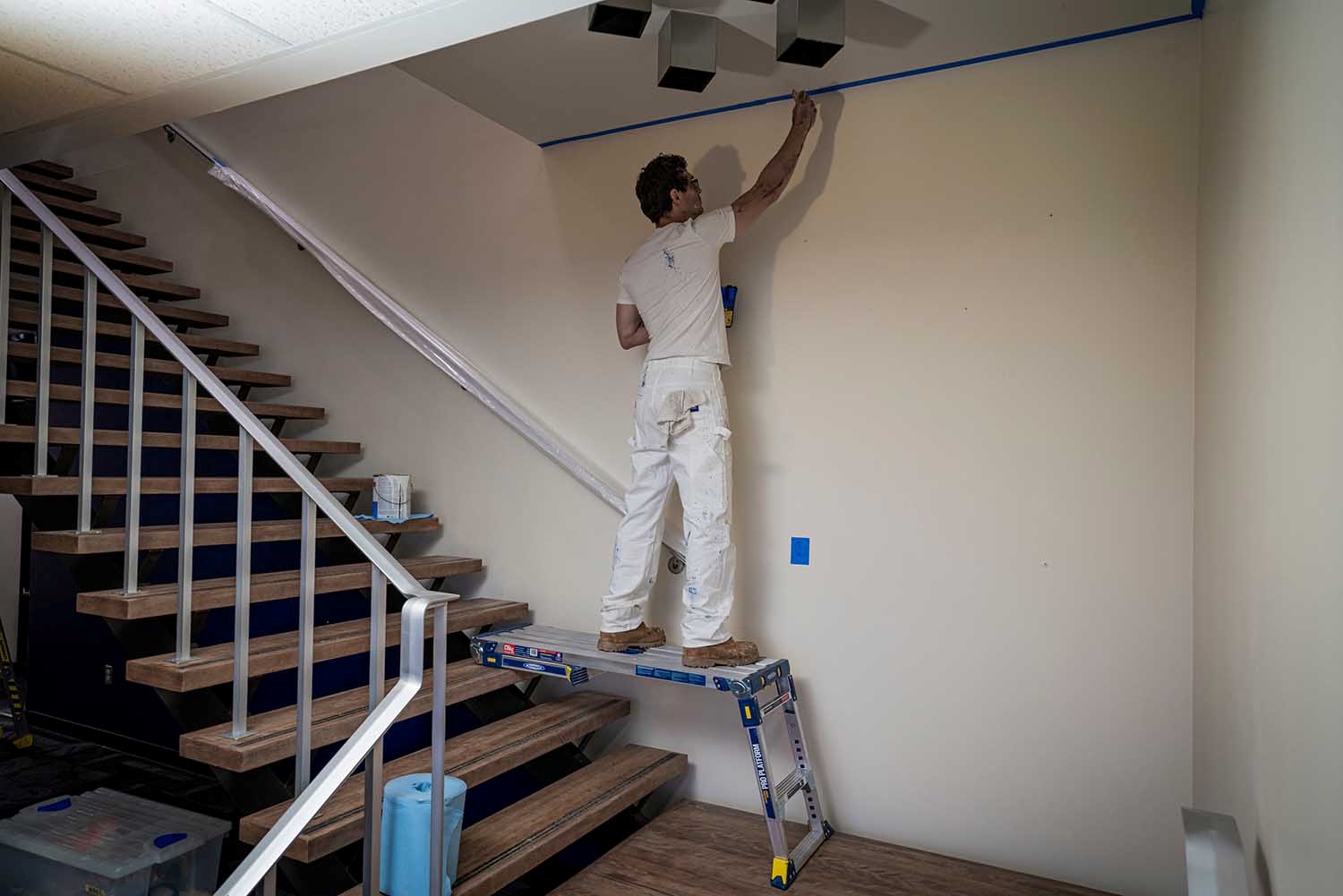
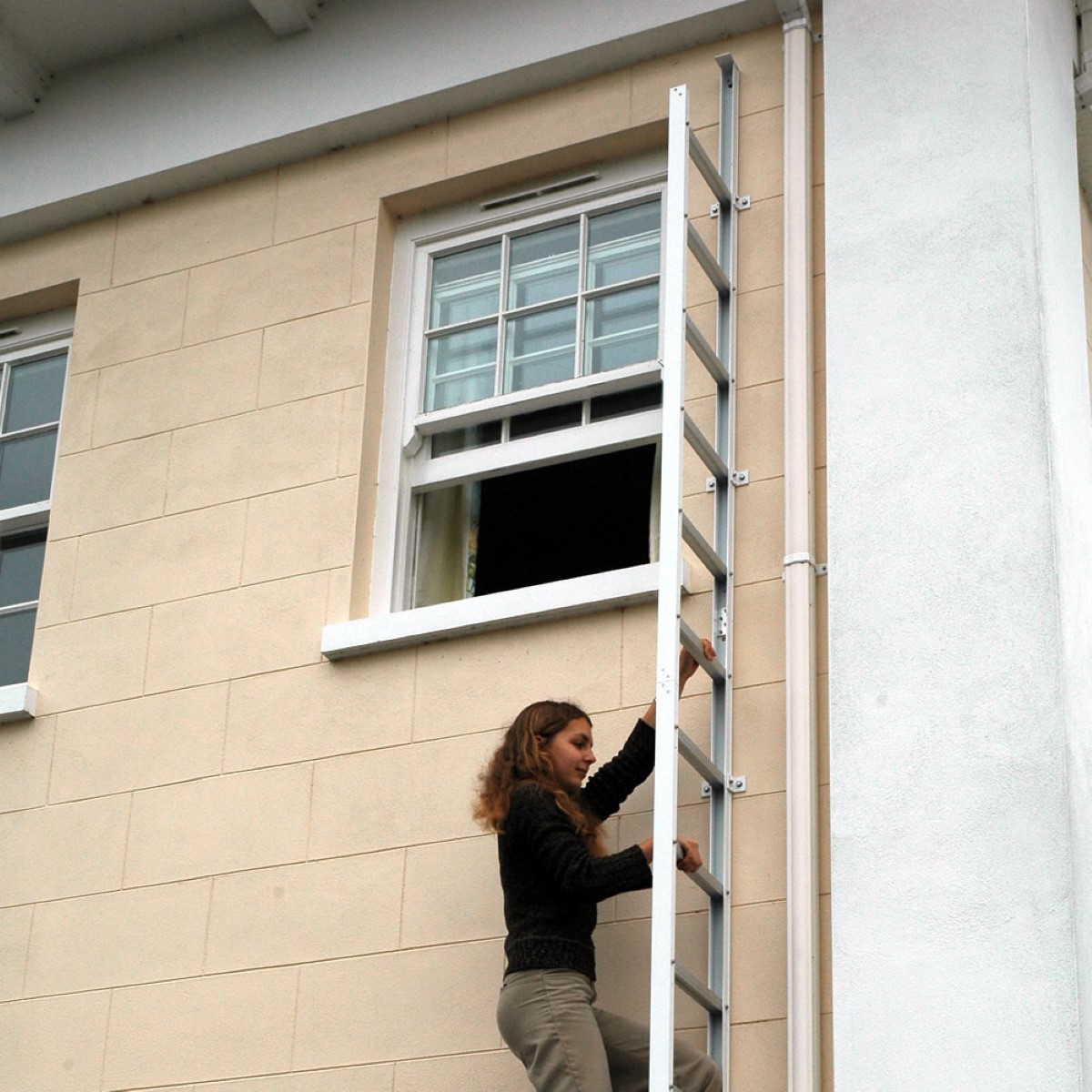
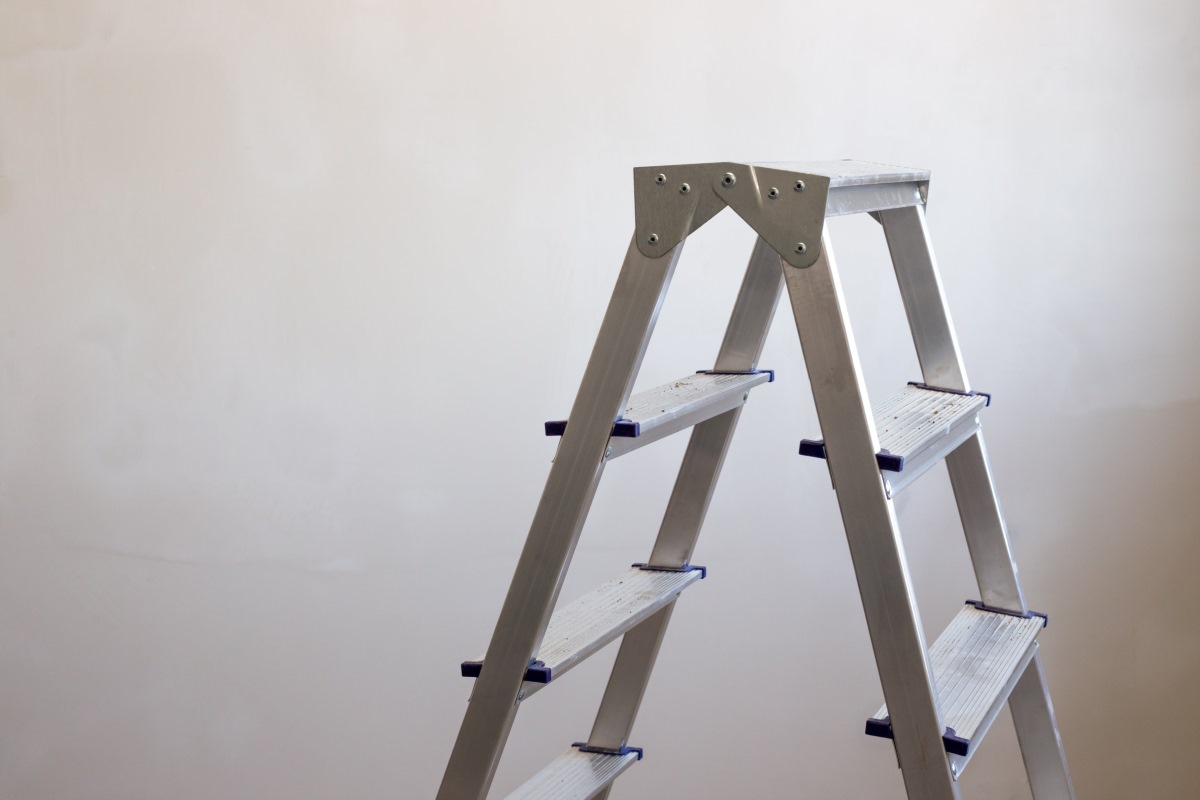

0 thoughts on “How To Use A Ladder Safely”